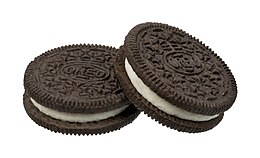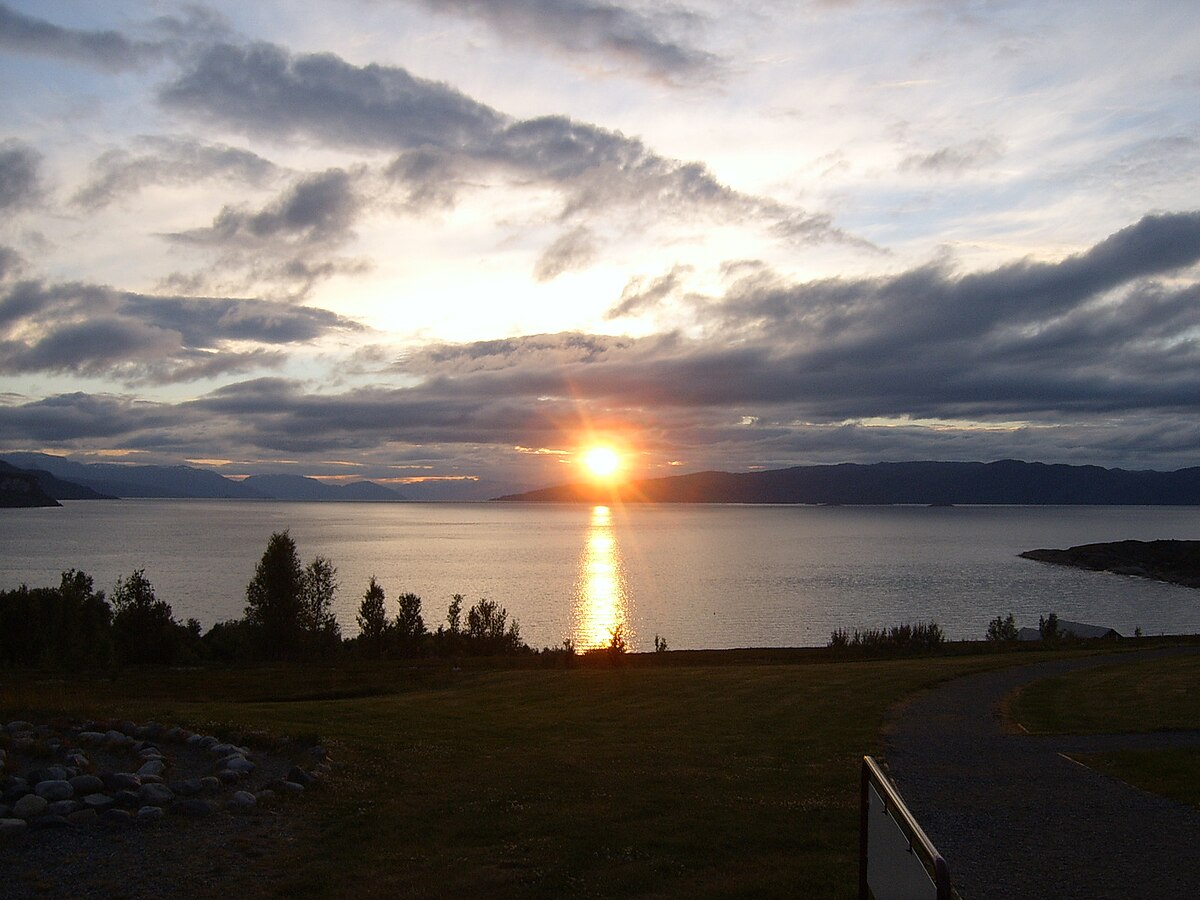Cats are small, strange creatures. We've been domesticating them for thousands of years, yet we still don't fully understand them. I don't think they fully understand themselves. And while I'd much rather be a human than a cat, there is one trait that they possess that we can't help but be jealous of: landing on their feet.
It's called the cat righting reflex. It's an innate ability of cats to be able to orient themselves upright while in mid fall. Cats begin to showcase this ability at 3 to 4 weeks, and by 6 to 7 weeks it's purrfected. So why can cats do this? It's all in the backbone. Cats have an unusually flexible backbone, and no functioning collarbone, which allows them to easily roll.
It may sound like a paradox, but higher falls may actually be better for cats. Typically at least a foot (0.3 meters) is needed for cats to perform this ability safely, but higher stories give cats more time to to adjust for their impending impact than lower ones. Nevertheless, cats are not Superman. Cats still can break bones, land on their backs, die, etc, but walking away without any injury is what they're best at.
I'm telling you, cats are strange creatures; we think we know them, but do we really? We think they need milk - they just gotta have it, but in reality, they don't. Cats like milk (obviously), but they don't need it to stay nourished, and too much milk can mean some nasty carpet stains. I had no idea this was lore, but apparently it has been said that cats cannot get rabies. According to the Cat Fanciers Association, this is false. Most warm-blooded mammals can carry rabies, and cats fall under the "most" category.
While those are a couple cats myths, here is a truth: they have stellar night vision. Just like cones in your eye process color, rods process light, and cats have six to eight times more rods than humans, according to Live Science. Cats only need 1/6 of the light that humans need to see in the dark. While their night vision is pretty good, their vision in general can be a bit messy thanks their color blindness, nearsightedness, and lack of color saturation. On the plus side, the field of view for cats is 200 degrees, versus 180 for us measly humans.
While those are a couple cats myths, here is a truth: they have stellar night vision. Just like cones in your eye process color, rods process light, and cats have six to eight times more rods than humans, according to Live Science. Cats only need 1/6 of the light that humans need to see in the dark. While their night vision is pretty good, their vision in general can be a bit messy thanks their color blindness, nearsightedness, and lack of color saturation. On the plus side, the field of view for cats is 200 degrees, versus 180 for us measly humans.
I can't tell you what to do with your cat. I've never owned one myself, but here's another (inconvenient?) truth: declawing hurts. I'm curling my own toes just thinking about it. Claws in cats are not like our finger and toenails in humans. Claws and nails do not get equal rights. When you declaw a cat, you are amputating the first joint of each of the toes. To same it's humane, to others it's not. All I know is I cant stop curling my toes.
Night vision, being able to land on their feet, not having to bathe everyday: cats seem to have it made. Sure they can still get rabies, and they're not blessed with seeing all the rich colors that we can, also they have to sit through all those awful cat memes, but to be fair, us humans aren't necessarily saved from those things either.
I wonder if lions can land on all fours?
*Sources: Kim Ballstock, The Cat Fanciers Association, Healthy Pets, Business Insider, Live Science.








